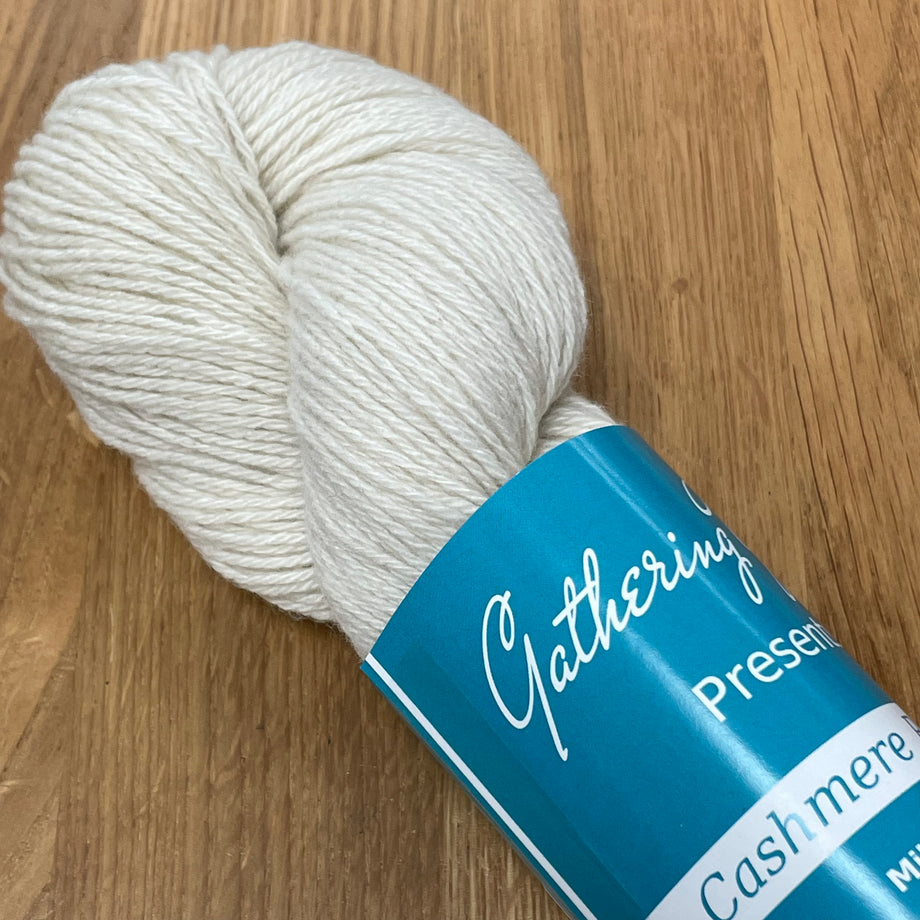Checking Out the Numerous Kinds of Cashmere an All-natural Fiber for Ultimate Deluxe
Cashmere, a natural fiber, is typically linked with luxury and comfort. The a lot more cost effective Chinese cashmere, the standard Scottish version, and the premium Italian blend, all tell a different story of this exceptional fiber.
Recognizing the Glamorous Nature of Cashmere
Cashmere, usually linked with deluxe and comfort, holds an unique allure in the globe of all-natural fibers. Unlike other all-natural fibers, cashmere combines insulation with breathability, supplying unmatched convenience across differing temperature levels. Its glossy coating and soft texture add to its high-end charm, validating the costs cost that frequently comes with cashmere garments.
Simply What Is Cashmere and Where Does It Come From?

Given these remarkable top qualities, one might question the origin and make-up of this glamorous fiber. Cashmere is stemmed from the soft undercoat of cashmere goats, mainly located in Mongolia, China, Iran, and Afghanistan - is cashmere a natural fiber. These goats are adapted to rough climatic problems, creating an incredibly fine, soft underfur as a protection against the bitter cold. This underfur, or undercoat, is what is harvested for cashmere. Each springtime, when the goats normally lost their wintertime coat, farmers comb out the fine underhair, leaving the coarser hair behind. This careful procedure contributes to the scarcity and high price of cashmere. With its beginning in the rough landscapes of Asia, cashmere is a testimony to nature's capability to produce high-end from difficulty.
Decoding the Various Kinds Of Cashmere
Comprehending the various kinds of cashmere is key to valuing the top quality and distinct attributes of this elegant fabric. Usually, cashmere is categorized into three types: raw, virgin, and reused. Translating these kinds is the very first action in recognizing the exclusivity and value of cashmere.

The Unique Qualities of Each Kind Of Cashmere
Having actually checked out the different classifications of cashmere, it becomes noticeable that each type boasts its unique set of features. Mongolian cashmere, as an example, is renowned for its exceptional high quality, as a result of Mongolia's harsh winters that produce longer and finer fibers. Conversely, Chinese cashmere is frequently extra budget-friendly, though its much shorter fibers can lower toughness. Scottish cashmere is commemorated for link its exquisite softness, an outcome of the traditional water washing process making use of Scotland's soft water. Italian cashmere, meanwhile, is well-known for its skillful mixing and coloring techniques, providing it vivid and functional. Indian cashmere, likewise recognized as Pashmina, is valued for its amazing agility and warmth. Each kind, hence, adds to the textile's credibility for luxury.
Why Cashmere Is the Embodiment of Luxury in vogue
Cashmere holds an esteemed setting worldwide of style, pertained to as an icon of high-end and refinement. Its allure is not just in its softness and heat, but likewise in its rarity and the precise process associated with its procurement. Cashmere is obtained from the great undercoat of Himalayan goats, understood for their remarkable quality fiber. The deficiency of this fiber, incorporated with the labor-intensive process of collection, contributes to its high cost and unique standing. In addition, cashmere's exceptional convenience and durability make it a desired material in the production of high-end garments. Its natural light-weight and insulating residential properties include in its desirability, making it the epitome of luxury in vogue.
The Process of Making Cashmere: From Goat to Garment
The journey of cashmere, from being an undercoat of a Himalayan goat to a luxurious garment, is a complex one. With the development of springtime, farmers in Mongolia their explanation and China collect the wool by combing the goats, ensuring no injury is done. The gotten woollen includes click now rugged outer hair and soft downy undercoat. This mix is then painstakingly separated, with only the soft down made use of for cashmere. This raw cashmere is washed, dyed and spun right into yarn. The yarn is after that woven or weaved into materials. The last step includes pressing and cleaning to give the textile its particular gentleness and heat. From goat to garment, each step is a testimony to the ability, perseverance and creativity entailed in crafting cashmere.

Final Thought
In verdict, cashmere, with its all-natural elegance and unrivaled comfort, preponderates worldwide of luxury style. The diversity in kinds, varying from the soft Mongolian, light-weight Indian Pashmina, affordable Chinese, conventional Scottish, to the vibrant Italian, discloses the flexibility of this all-natural fiber. The meticulous process of changing it from a goat to a garment better contributes to its exclusivity, making cashmere the epitome of elegance and luxury.
Cashmere, a natural fiber, is commonly associated with high-end and convenience (is cashmere a natural fiber).Cashmere, typically associated with high-end and convenience, holds a distinct appeal in the globe of all-natural fibers. Unlike various other natural fibers, cashmere combines insulation with breathability, supplying exceptional comfort throughout differing temperatures. Cashmere is acquired from the soft undercoat of cashmere goats, mostly located in Mongolia, China, Iran, and Afghanistan. Cashmere is derived from the fine undercoat of Himalayan goats, known for their superior top quality fiber